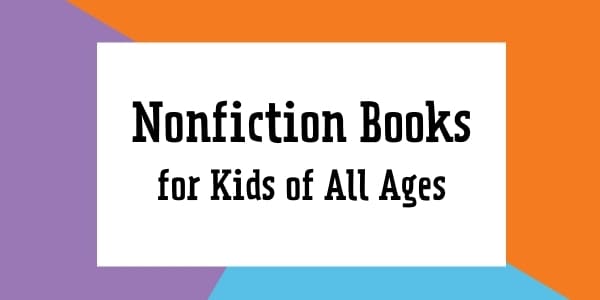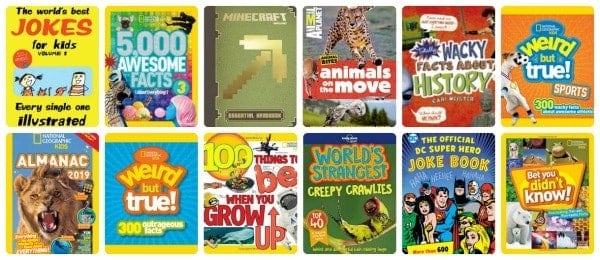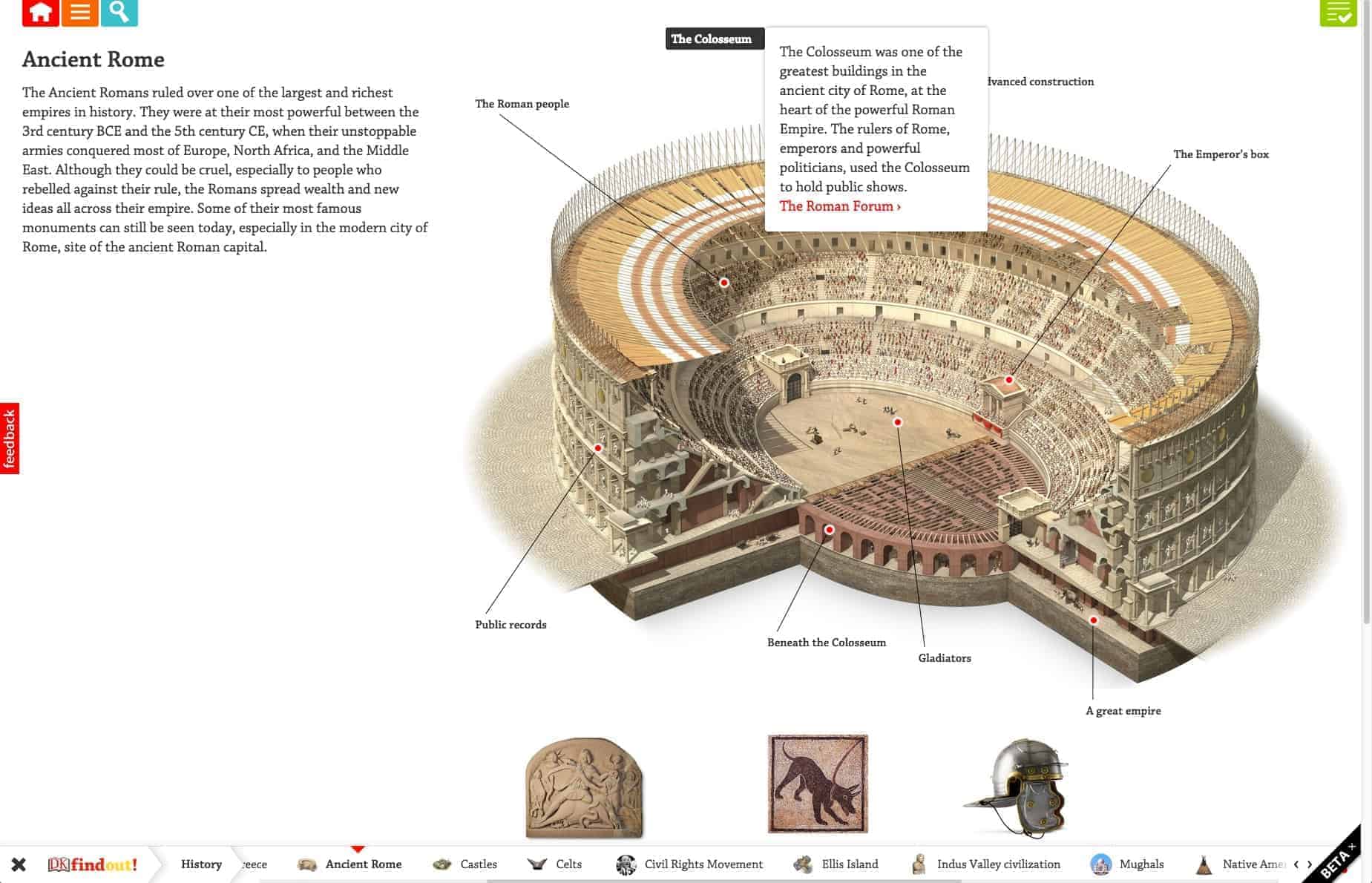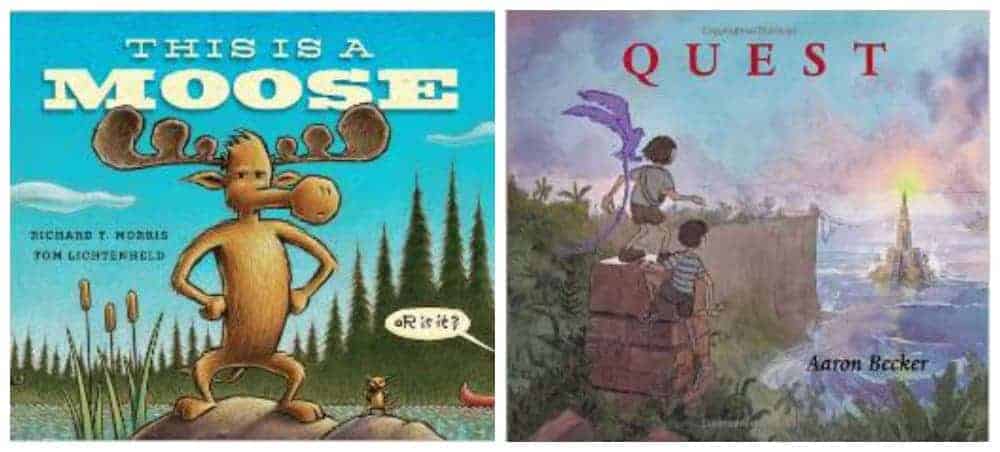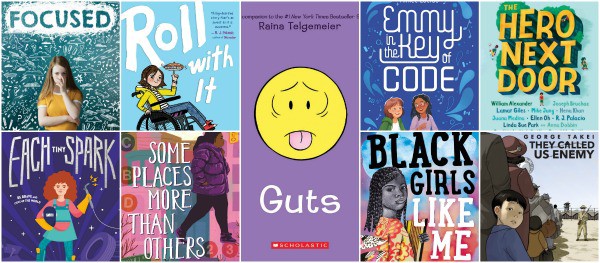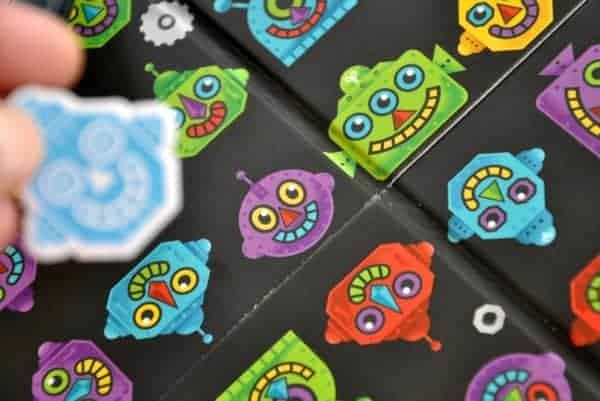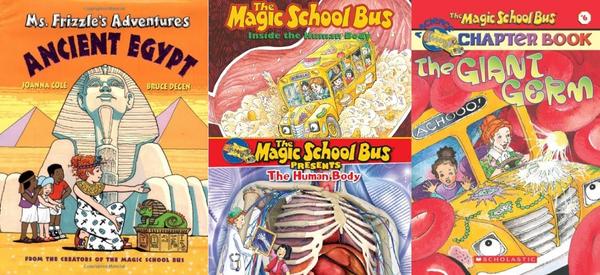Teach Nonfiction Text Features (+ Free Scavenger Hunt)
This post may contain affiliate links.
Not all nonfiction books have text features, but for the books that do, it’s important for readers to understand text features because that knowledge will impact a reader’s comprehension dramatically. After you realize their importance, how do you teach children about the text features in nonfiction to improve their comprehension? Let’s dive into just that!
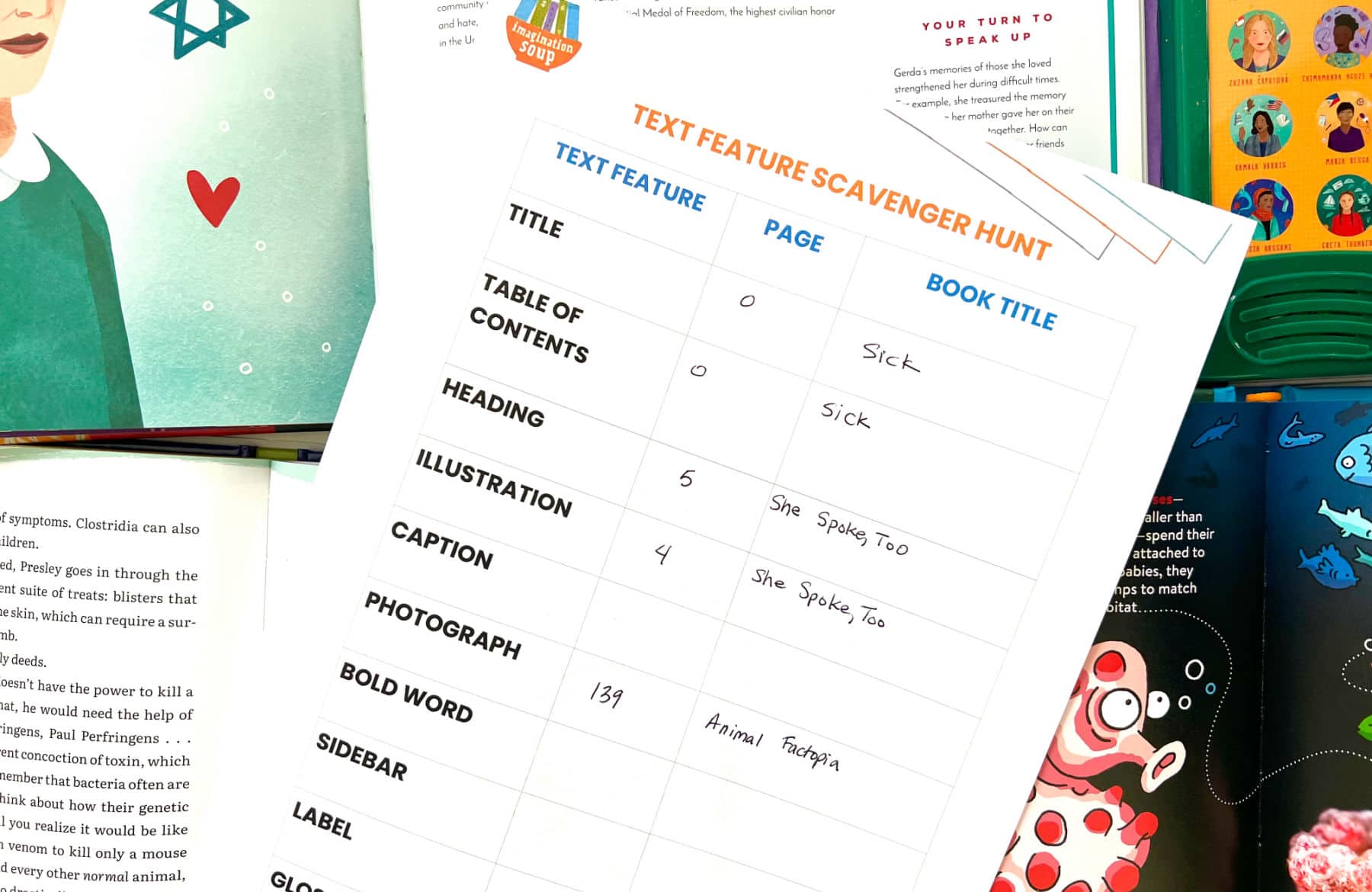
What are text features?
Text features are found in many nonfiction books.
Teach students the definition of nonfiction text features by explaining that text features apply to NONFICTION texts. (Conversely, story elements apply to fiction texts.)
Text features are the organizational elements that are (generally) useful tools to help readers understand what they are reading. They help organize the information so that children can comprehend the information.
The nonfiction books that include text features include these formats: traditional nonfiction, browseable nonfiction, and active nonfiction. These format classifications can be found in 5 Kinds of Nonfiction by Melissa Stewart and Marlene Correia.
Traditional nonfiction is fact-based nonfiction books about a specific topic, such as a shark book.
Browseable nonfiction is a book that you don’t have to read in any particular order.
Active nonfiction is a book that shares procedures, like a craft book about origami.
Teach children that these types of nonfiction books require using the features to aid in the comprehension of information.
Nonfiction Comprehension Strategies
Children use a combination of comprehension strategies when reading nonfiction texts. Readers must access their background knowledge, determine what’s important, ask questions, infer, and synthesize — to help them comprehend the text they’re reading. Text features support comprehension strategies and the students’ specific purpose in comprehending the information in the informational text.
Bolded or italicized words indicate to readers both the importance of the vocabulary word and a word that will be defined in a sidebar or glossary.
But, since the text is different than a fictional story, teach the features of nonfiction before students read the text so that readers can use the specific text features to support their comprehension.
Nonfiction Text Features
Notice the following common text features and teach children what is important about each. You can do a “text walk” through the book. Teaching text features will stick better with readers if you introduce one at a time. After introducing each one (for example, a table of contents,) search for examples in books.
Use excellent nonfiction books that are simple and well-written about any topic because you’re not teaching the content, simply the features. Here’s what’s essential to introduce to students.
- table of contents
- heading
- subheading
- captions
- illustration
- photograph
- titles and subtitle
- bold word
- sidebar
- diagram
- label
- map
- index
- infographic
- glossary
Search for Text Features Scavenger Hunt
Give readers practice noticing these text features with a Text Feature Scavenger Hunt!
Download a free scavenger hunt pdf. You have my permission to print it out and use it in your classroom, library, or home.
(Other scavenger hunts ask for examples from the text — which I think are hard to fit in a small column space, so I didn’t do that, but you could have readers write the example text down in their reading notebooks.)
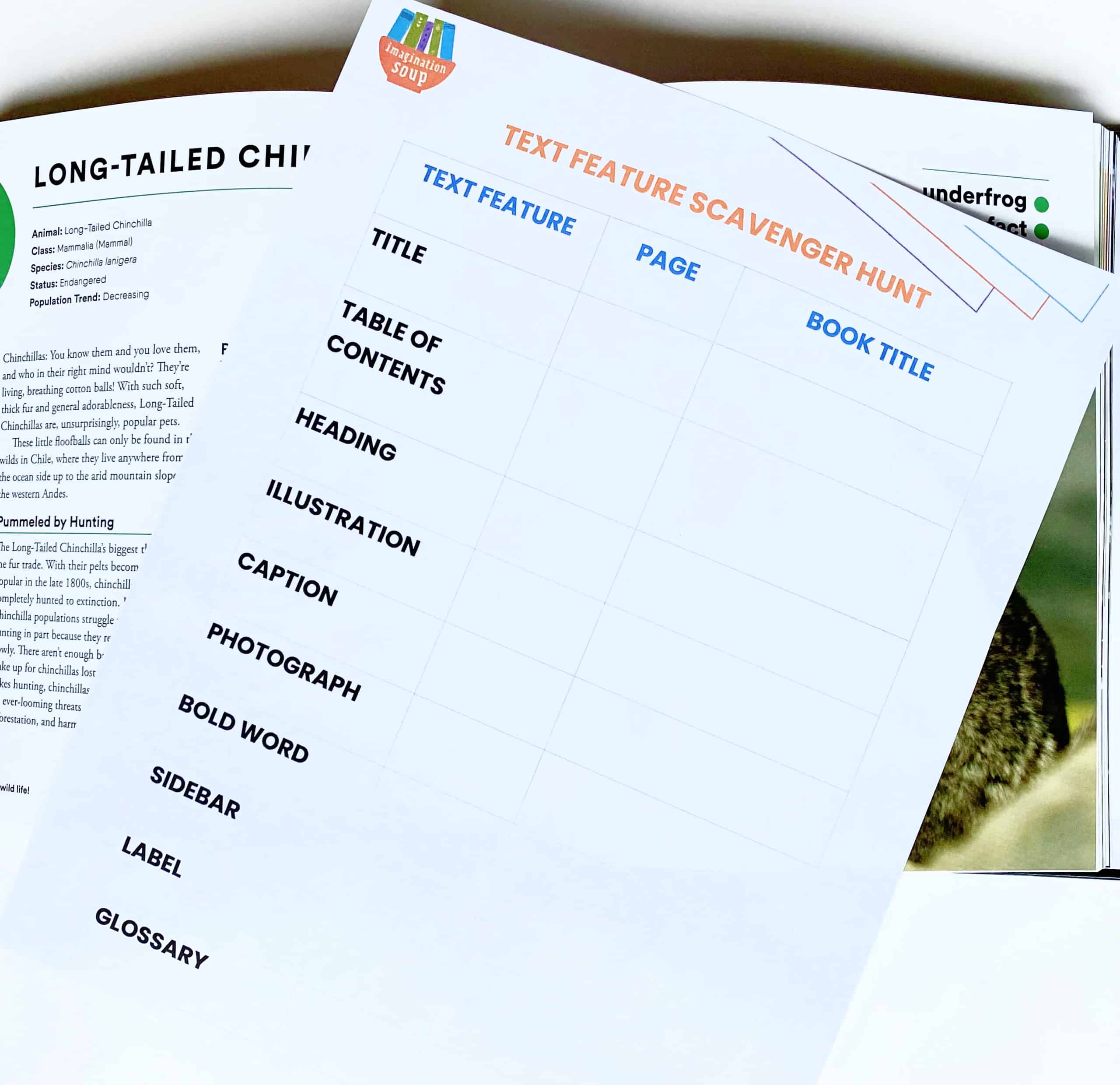

Find Text Features with Sticky Notes
Alternatively, search for text features using sticky notes with a list or poster of the possible features you’ll find in the text.
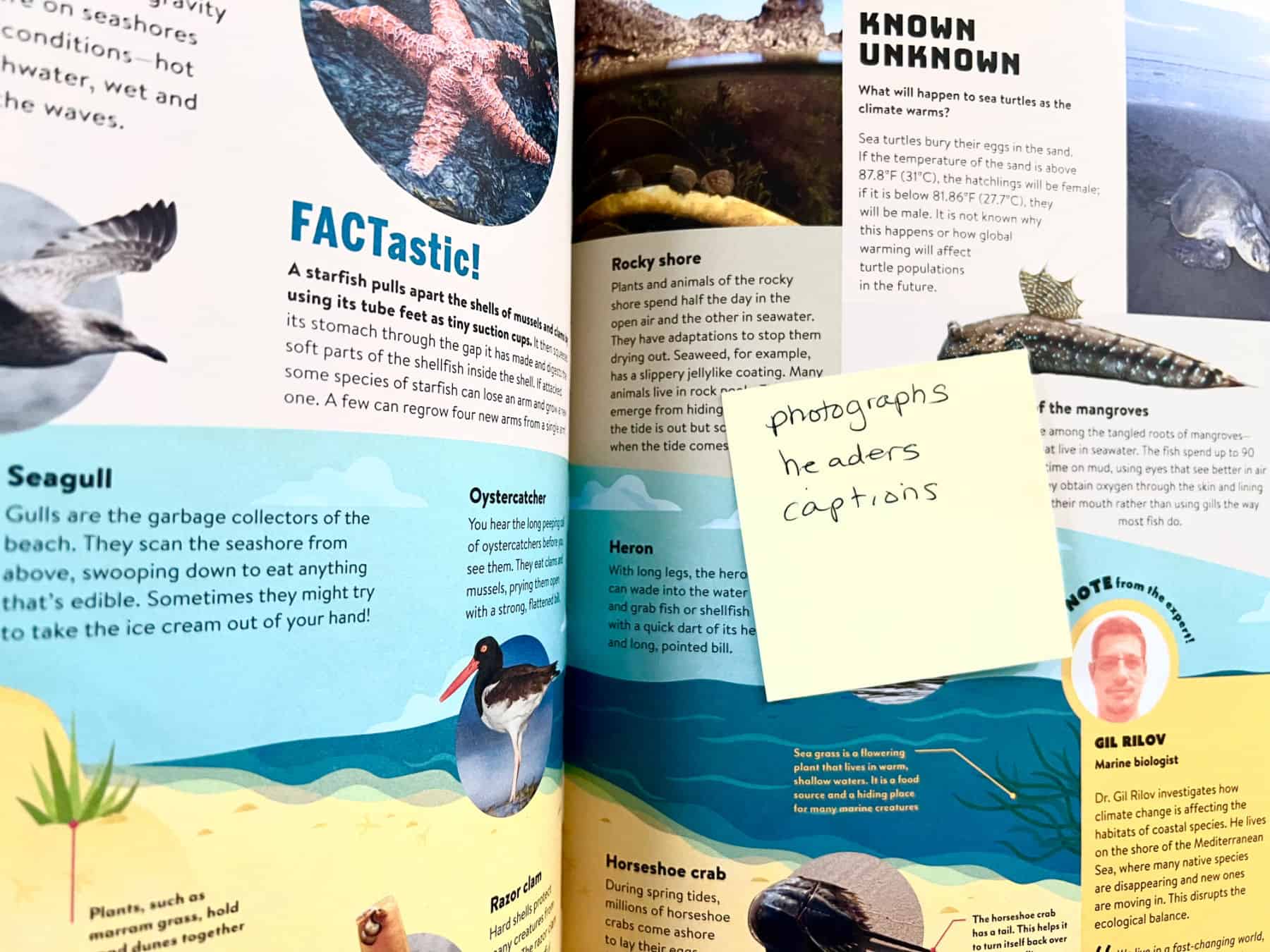
Teachers, you can ask students to search, notice, and note text features on the different pages of the book. And since not all books include common text features, the sticky note method is my favorite way to notice what’s included in the book you’re actually reading.
Ask students to find the text features, individually or in small groups, to become proficient at labeling which is which. After you search, have students reflect on how the text features impacted (help or hurt) their comprehension.
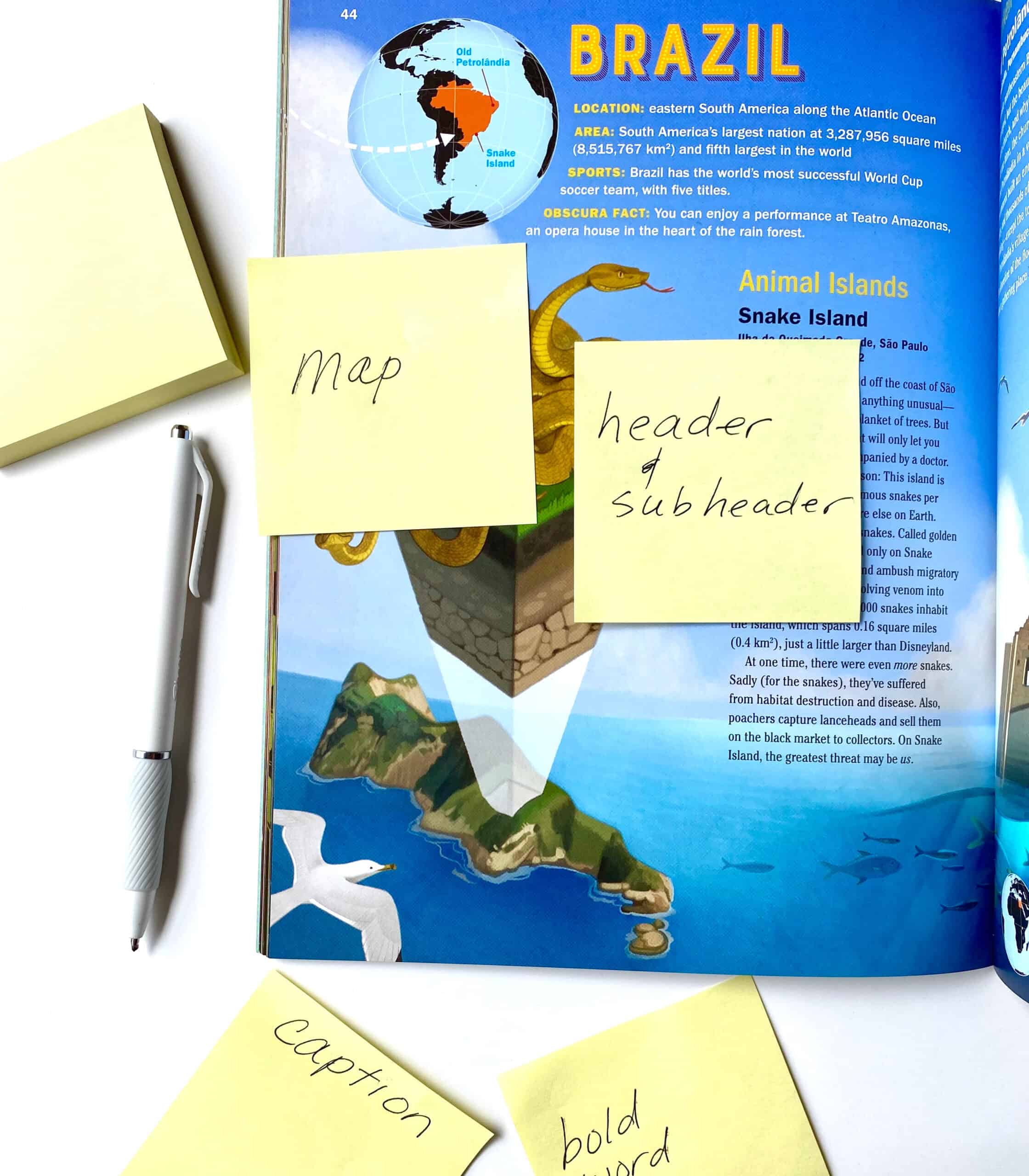
Ask questions like: How do the text features impact your understanding of the information? Do they help you visualize? Or do the bold words help you understand a new word? How do they help you determine what the most important concept is and what an interesting detail is?
It can also be helpful to discuss when the book doesn’t have what you need–either not enough to help you through the content or not the right ones. It’s okay to find books that aren’t well-organized or well-written that you compare to books that are.
If you’re ready to get started, find book recommendations by going to my Nonfiction Book Lists for All Ages.
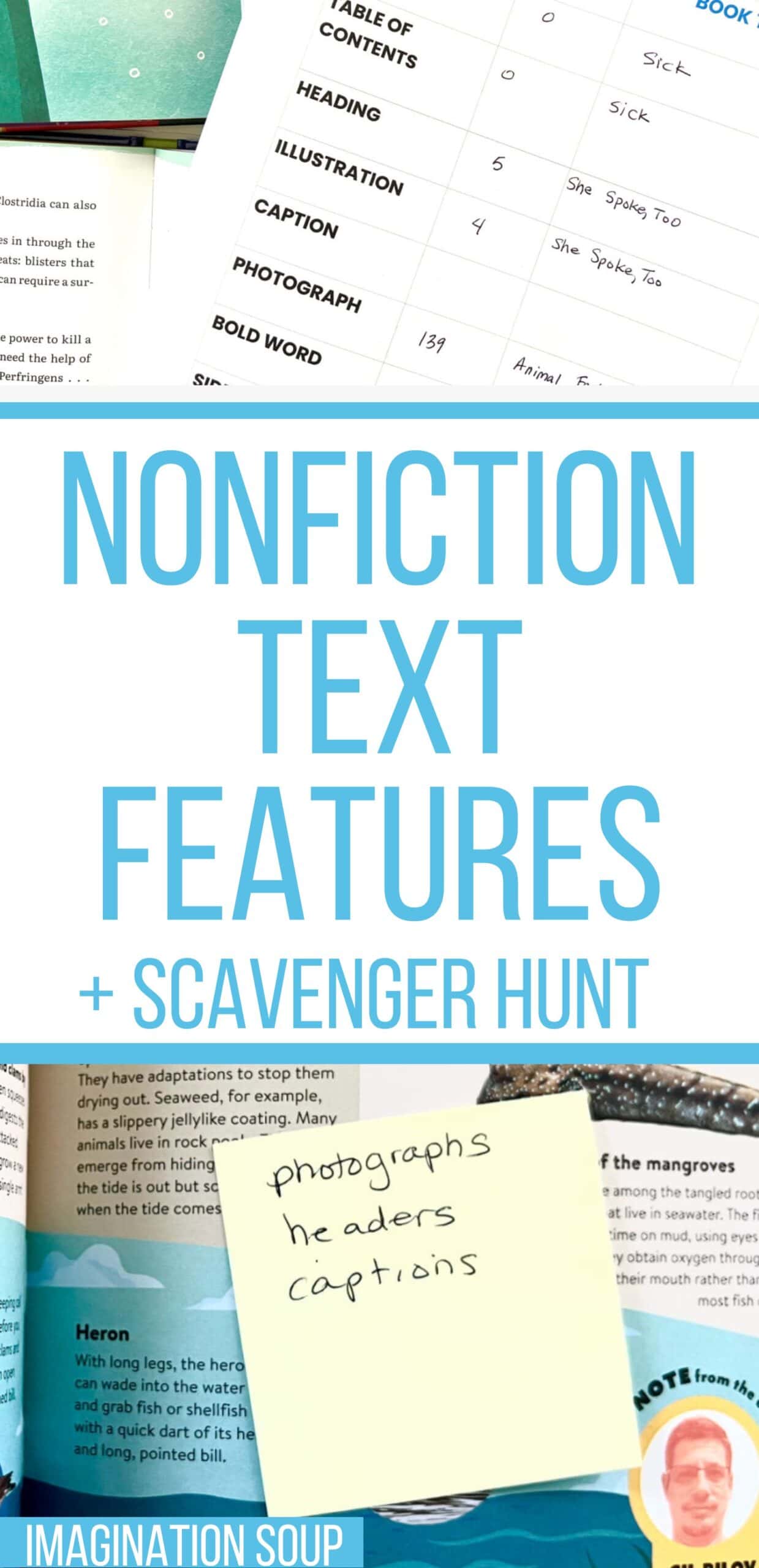
KEEP READING
Nonfiction Book Lists for All Ages
Short, Nonfiction Books for Reluctant, Struggling, and Wiggly Readers

